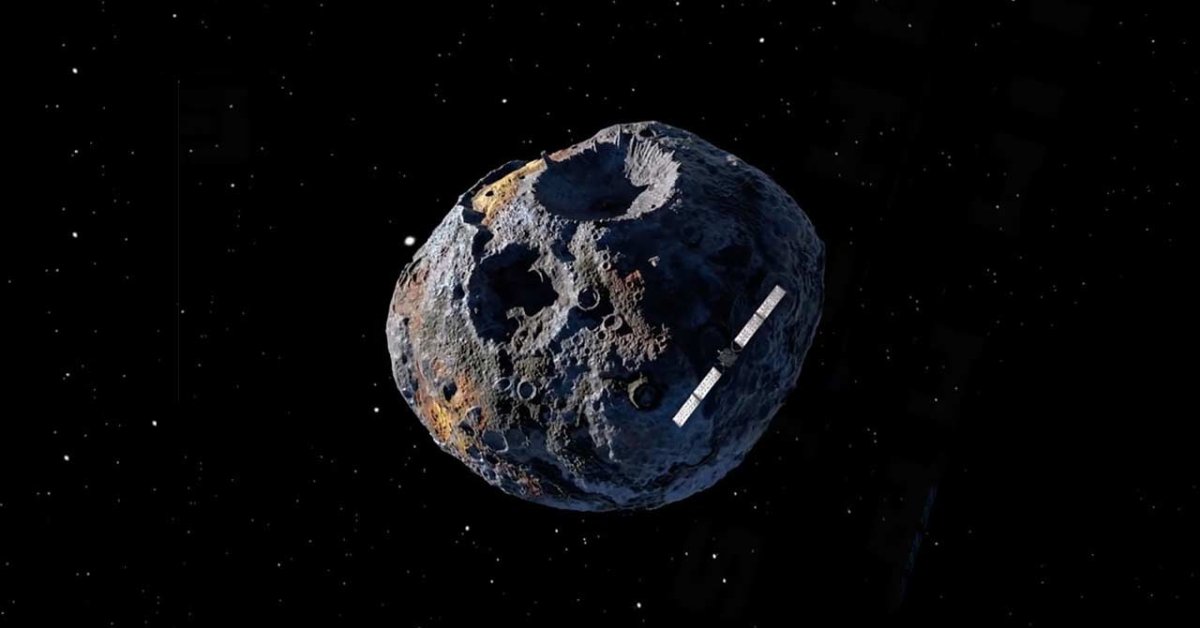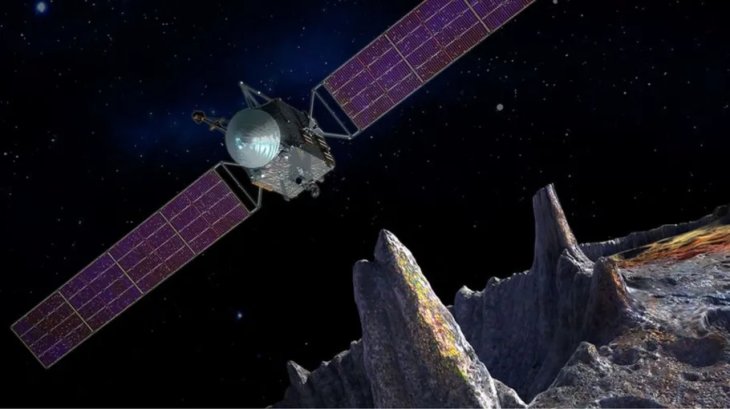NASA Psyche Mission Will Launch In 2022 To Study A Special Asteroid
Anil - Sep 21, 2019

This asteroid is a celestial object with metal formation instead of rock and ice.
- The First Space Hotel In The World Will Welcome 400 Guests
- Startup Builds Vehicle With Soviets Tech To Collect Space Garbage
- Russia Will Build A Lunar Space Station With China Because It's Done With NASA
NASA is about to launch the Psyche campaign of The Discovery Missions, with a target to intensively study the Universe. To be specific, the Psyche Mission was designed to study an asteroid named Psyche 16, which is formed of metals such as iron and nickel, instead of rock and ice. Scientists are researching and not excluding the possibility that this asteroid is the core of an early and sizable planet as Mars.

As claimed by NASA, Psyche has a potato-like form with the dimensions of 279, 232 and 189 km respectively. It orbits the Sun at approximately 2.5 - 3.3 Astronomical Units (AU) orbit. In addition, Psyche will be located in the asteroid belt between Mars and Jupiter. Its composition is also extremely special, in which the value is much more superior than gold and even platinum.
The Psyche mission together with the primarily targeted asteroid will officially be launched in August 2022. Scientists have estimated that it will take nearly 4 years for the spacecraft to reach, and further 21 months to orbit the asteroid. There, the spaceship will conduct mapping and researching some physical and chemical features via tools such as: a gravity measuring radio equipment, a multispectral photographic equipment, a gamma-ray, a magnetometer, and a neutron spectrophotometer. The key is to eventually answer if Psyche belongs to the core of a large early planet.

This is also the first time in Psyche Mission that NASA explores a celestial object with metal formation instead of rock and ice. Conventional understanding suggests that the core of a planet hidden behind solid and liquid matter layers is natural metal. As scientists are unable to directly study the Earth's core, Psyche 16, therefore, will be a lucky occasion to analyze the process from which the cores of terrestrial planets were structured.
Featured Stories

Features - Jul 01, 2025
What Are The Fastest Passenger Vehicles Ever Created?

Features - Jun 25, 2025
Japan Hydrogen Breakthrough: Scientists Crack the Clean Energy Code with...

ICT News - Jun 25, 2025
AI Intimidation Tactics: CEOs Turn Flawed Technology Into Employee Fear Machine

Review - Jun 25, 2025
Windows 11 Problems: Is Microsoft's "Best" OS Actually Getting Worse?

Features - Jun 22, 2025
Telegram Founder Pavel Durov Plans to Split $14 Billion Fortune Among 106 Children

ICT News - Jun 22, 2025
Neuralink Telepathy Chip Enables Quadriplegic Rob Greiner to Control Games with...

Features - Jun 21, 2025
This Over $100 Bottle Has Nothing But Fresh Air Inside

Features - Jun 18, 2025
Best Mobile VPN Apps for Gaming 2025: Complete Guide

Features - Jun 18, 2025
A Math Formula Tells Us How Long Everything Will Live

Features - Jun 16, 2025
Comments
Sort by Newest | Popular